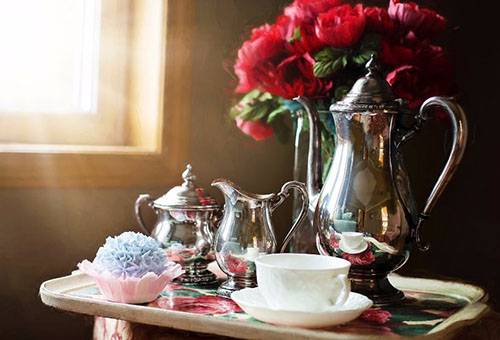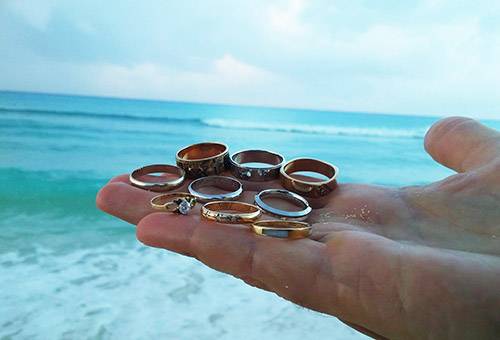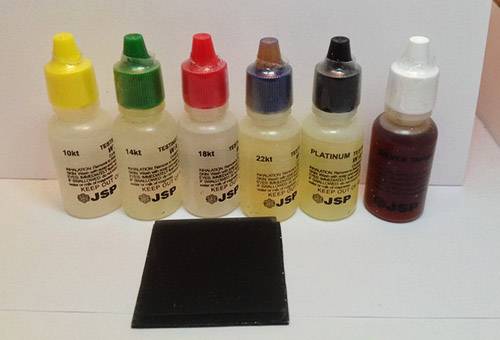8 ways to check the authenticity of silver at home
Content:
Do you want to determine what exactly this nice owner of an antique goods store is trying to sell you, or maybe you were given a new silver chain, the quality of which you doubt? Thinking about how to test silver at home? No, we will not suggest that you take the product to the laboratory for spectral analysis. Instead, let's try to limit ourselves to the means available to everyone, which, most likely, will be at hand and at your disposal.
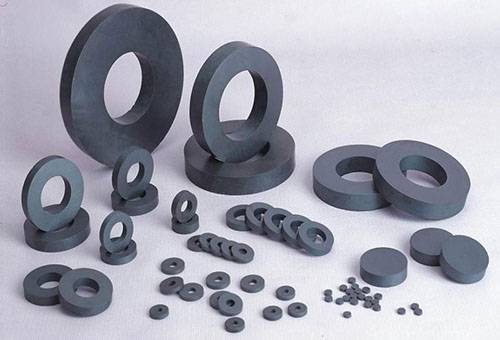
Magnet
The simplest tool that can detect a fake is a magnet. If the product is magnetized, it means that it is definitely not made of noble metal, which is what the careless seller is trying to convince you of. Silver, like gold, does not react to a magnet, but, unfortunately, in the opposite scenario, you cannot be 100% sure that this is the purest silver, so this method is more suitable for discarding an outright fake, and it is better use in conjunction with the tips below.
Temperature
Taking a silver spoon in your hands, you will feel that the product very quickly acquired the temperature of your body. This is due to the high thermal conductivity of silver, which makes counterfeits made from other metals remain cool for a suspiciously long time.
Advice
You can also go the opposite way and put, for example, an ice cube on a coin or tray. If it melts abnormally quickly, then this is real silver; if not, it is better to refrain from buying.
Sight, sound and smell
Not everyone can recognize silver using these criteria, and it is also difficult to call this method accurate. But if you had silverware, say, as a child, then most likely you remember this specific smell. Real silver items have a subtle and ringing sound, somewhat reminiscent of crystal, and if you throw a coin on a metal tray, it will “sing” in a completely special way. Also, the color of new or well-maintained silver will not have any hints of yellow or pink in it, although these may appear if the metal is not properly cared for.
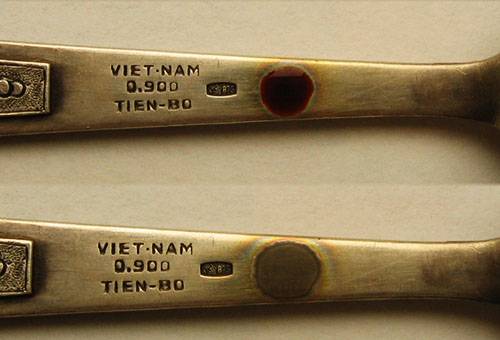
Reaction of silver to iodine
Handy reagents
If you have no desire to listen, sniff and look closely, then the authenticity of silver can be determined using bleach, sulfuric acid or iodine. To do this, use a cotton swab to place a barely noticeable spot on the product and monitor its reaction. Has the product started to darken around the perimeter of the stain? Then in front of you is a silver or at least silver-plated item. No? Then there is no smell of silver here.
Advice
You can also check the authenticity without fear of spoiling the item by rubbing it with chalk. In this case, upon contact with silver, the chalk should turn black.
Mark on hands
It is worth doubting the authenticity of the product if, after holding it for a long time in your hands, it has left a mark on them. Pure silver, which contains no impurities, will not leave any residue on your hands.
Internet or numismatic reference books
An excellent way for numismatists is to compare the weight of the coin in the directory with the actual weight of the product offered for purchase.Due to the difference in density, it is very easy to identify a coin made from other metals, even if it is silvered and looks exactly like the real thing.
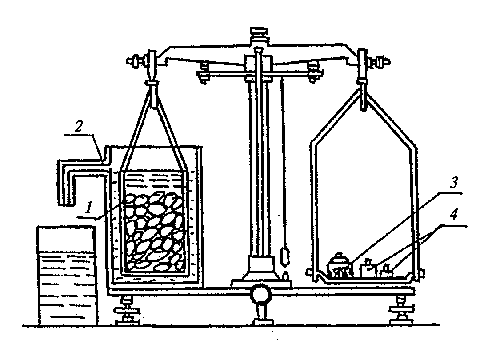
Hydrostatic weighing scales
1 — mesh (perforated) glass; 2 - vessel with drain for water; 3 - a glass with shot to balance the mass of the mesh glass in the water; 4 - weights
Hydrostatic weighing
The easiest way to determine the authenticity of a product is to determine the density of the material. To do this, you need to first weigh the dry coin. Then pour water into the glass, reset the scales and determine the “wet” weight of the coin. Now we divide the “dry” weight by the difference in two dimensions, and if the resulting number is in the region of 10.5, then this is real silver, since the metals used for fakes do not have a similar density.
You can try using a digital food scale at home, but to determine the authenticity of a coin or jewelry, its accuracy must be quite high.
Chemical test
If you are no stranger to chemistry, purchase a chemical test for the authenticity of silver. This is one of the most accurate ways to determine the quality of the substrate of a silver-plated product. For the test, you either need to make a fairly deep scratch on an inconspicuous area of the piece, or rub the piece against a touchstone. Now we drop acid onto the mark on the stone or the substrate in the scratch and look at the color: the brighter the shade of red, the purer the silver. Thus, a light brown color indicates silver of the 800th standard, and green – already of the 500th. The remaining colors will be given by the most popular metals for silver plating: yellow corresponds to tin or lead, dark brown to brass, and blue to nickel.Now you can be sure of the composition of the product not only on the surface, but also inside.
As you can see, it is not necessary to bend or saw a silver spoon to determine its authenticity, even if you do not find a hallmark. Use these tips and you will greatly reduce the chance of running into a fake.

